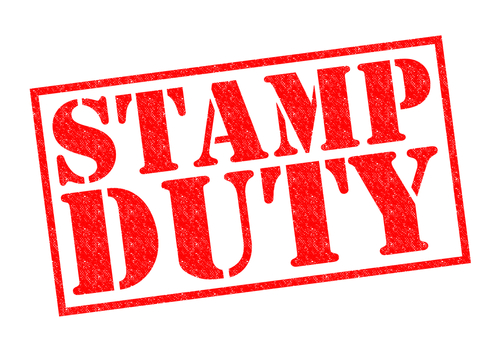The proportion of first-time buyers paying stamp duty is more than two times higher now than it was in 1999, new research from Lloyds Bank shows.
 While 16 years ago 32 per cent of all people buying their first property had to pay stamp duty, now 66 per cent of them are paying it.
While 16 years ago 32 per cent of all people buying their first property had to pay stamp duty, now 66 per cent of them are paying it.
This, coupled with the increase in property transactions and the constantly growing prices has resulted in considerable growth in stamp duty revenues.
Lloyds research showed that the stamp duty revenue raised in England and Wales increased by an estimated £1.5 billion to £7.7 billion in the year to March 2015.
Revenues in the twelve months to March 2008, when the last peak of the housing boom was, stood at £6.2 billion. In contrast, in the year to March 1999, less than £1 billion was raised.
The average homeowner now spends £9,600 in total on stamp duty as they move up the housing ladder.
Homeowners stay in their homes for just under eight years (7.8 years) on average, and take three steps up the ladder in their lifetime.
Bills for third-steppers have dropped, though. A typical stamp duty bill for a third stepper has fallen by £2,500 (26 per cent) over the past year due to December’s reform of the tax.
The proportion of homemovers paying stamp duty has risen from 68 per cent in 1999 to 85 per cent in 2015.
Stamp duty accounts for almost a quarter of the costs of buying a home. The average cost of moving home in the UK stood at £8,689 in 2014, 5 per cent higher than £8,258 in 2013. The total amount spent on moving in 2014 was £7.5 billion.




